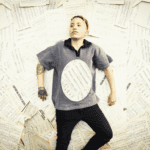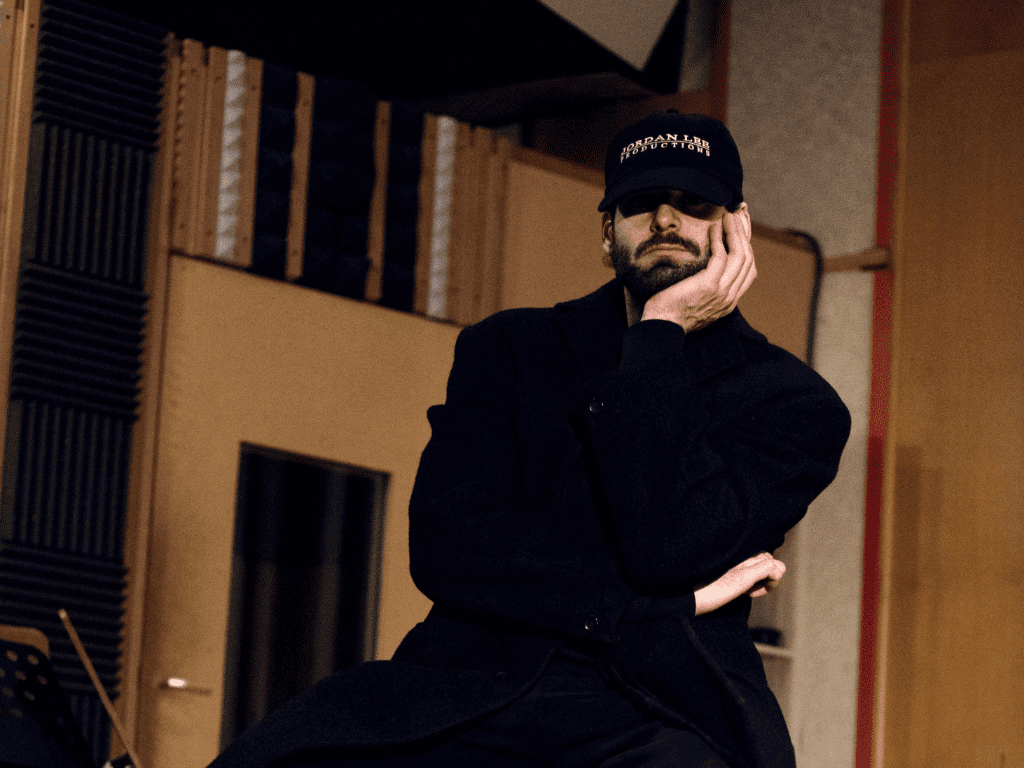
Prolific Parisian groove architect Jordan Lee unveils his long-awaited debut album, Fighter For Love, a cinematic odyssey through vulnerability, resilience, and rhythm. After the viral success of “Love Ride” and a steady rise through Europe’s underground soul and R&B scenes, Jordan Lee’s genre-defying first full-length project fuses analog warmth with forward-thinking production. Drawing from deep emotional reservoirs and retro-futurist aesthetics, Fighter For Love doesn’t just reflect on love—it reimagines it as an act of rebellion in a disconnected age. With poignant collaborations, dynamic storytelling, and the signature groove that’s earned him over 75 million global streams, Jordan Lee steps into his own as a modern-day soul visionary, inviting us all to fight for what still matters.
Your album opens with a bold spoken-word prologue, “Fighter For Love, Speech” – why did you choose to start the album this way, and what statement were you hoping to make from the first note?
I wanted the album to start with intention—with something that immediately sets the tone and makes clear that it’s more than just a collection of songs. It works like an opening scene in a film and cinematically introduces the world we’re about to enter. It reveals a story, a stance, and a testimony. There are doors to open, truths to face, and mantras to hold on to.
It also directly ties into the visual identity of the project. Showing this lone fighter figure, embodying discipline, resilience, and focus. He’s fighting for something, not against something. He’s the one who dares to believe in love when the world has lost it. That’s the energy I wanted to evoke from the very first second.
I’ve been inspired by powerful album intros like “Rhythm Nation” by Janet Jackson or Prince’s “Let’s Go Crazy,” and the marking line: “Dearly beloved, we are gathered here today to get through this thing called life.” I wanted to capture that feeling of embarking on a mission—a personal and universal one—and invite us to step into it.
You’ve described Fighter For Love as a “retro-futuristic concept album” – how did you balance nostalgia with innovation in its sound and storytelling?
I don’t exactly remember using those adjectives, but I can definitely understand where they come from.
I can say that balance is at the core of my creative process. Like I’m trying to reconnect with how music used to be felt and processed some time ago—especially on an emotional level.
Retro-futuristic could be a way to describe the merging of past and future—using nostalgic sounds, melodies, textures, and aesthetics as a foundation but shaped with the tools, energies, and understandings of today.
What’s sure is, I grew up listening mostly to ‘70s, ’80s, and ’90s R&B, soul, and pop artists who had that warmth, those rich harmonies, those iconic synths—it makes me feel good.
Story-wise, the concept gave me room to play with time—a dystopian future, but love is treated like a relic, something we’re trying to recover. So the theme itself carries that retro-futuristic duality. It’s nostalgic but also a call to imagine something different—something greater. That’s what I love about that contrast: it creates a space where emotion meets vision—and this, too, is also called visualization.
Which song on the album was the most emotionally challenging for you to write, and why?
Every song carries some emotional challenge, because each one represents a particular moment of living—a question, an understanding, an intention, or a statement.
But if I had to point to one now—since you’re insisting—I’d say “In Between Feelings.” As the name suggests, it kind of reflects its own process.
The challenge wasn’t so much in the writing itself but in finding the right version to finish. There were many steps, many versions, before the one that ended up on the album—and they all sounded like “in-between feelings.” Is there a reason for that? I don’t know. Maybe there is. I assume now it’s just part of the creative process.
Sometimes it seems easier, sometimes challenging. The only real control we have is to give our best and trust. It can feel overwhelming sometimes, but as soon as we’re aware we give our best, we feel at ease—maybe even enough to let go of that in-between feeling.
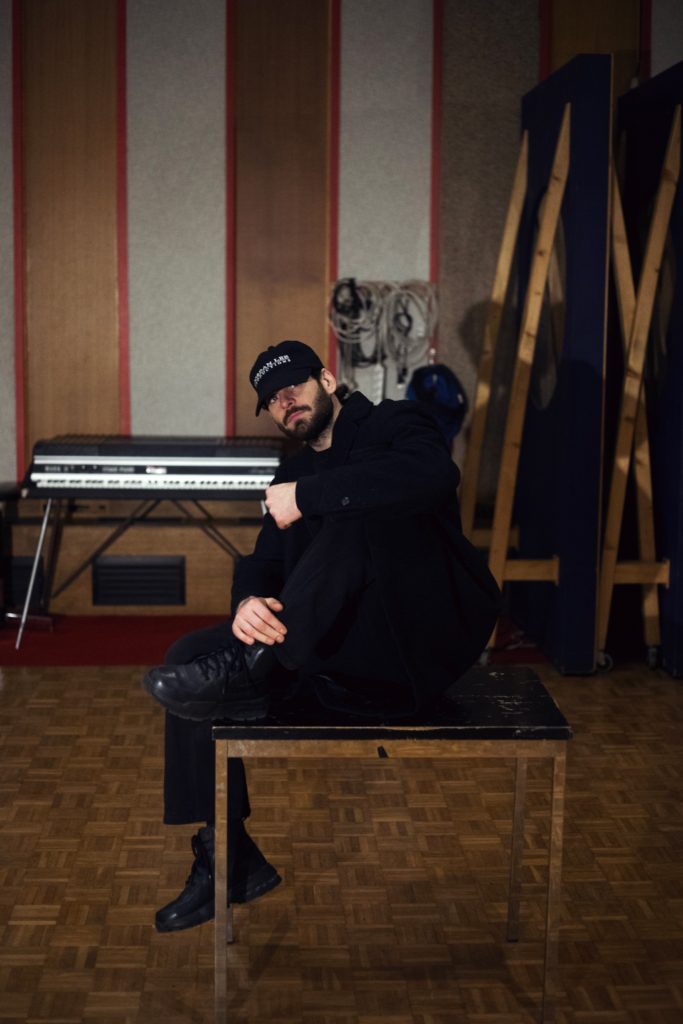
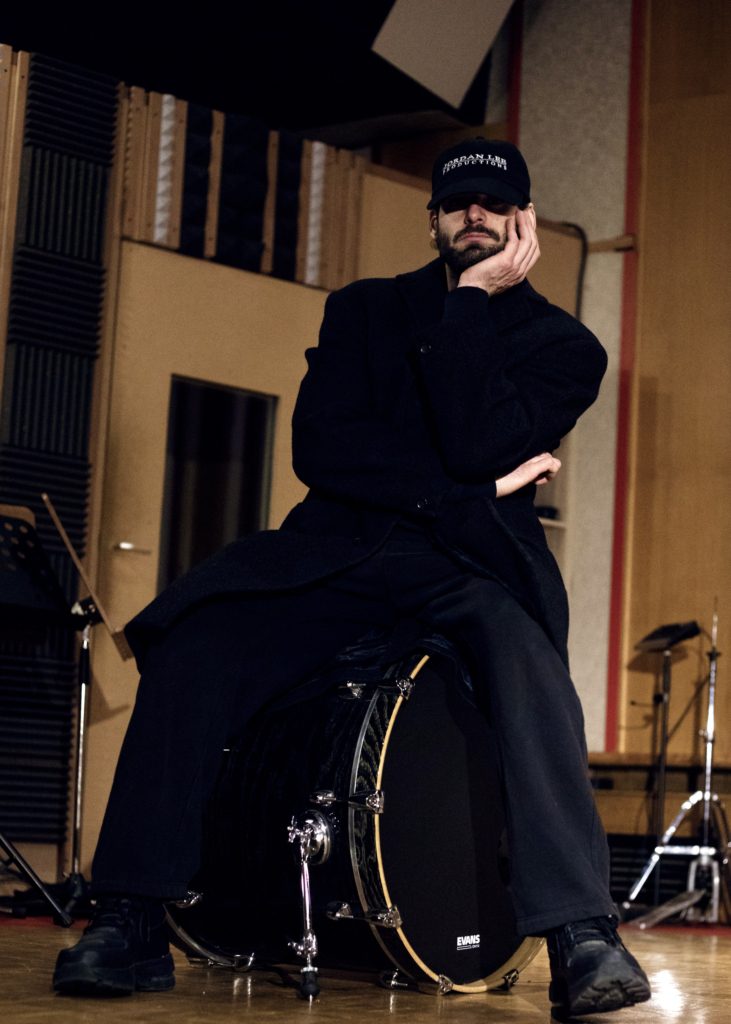
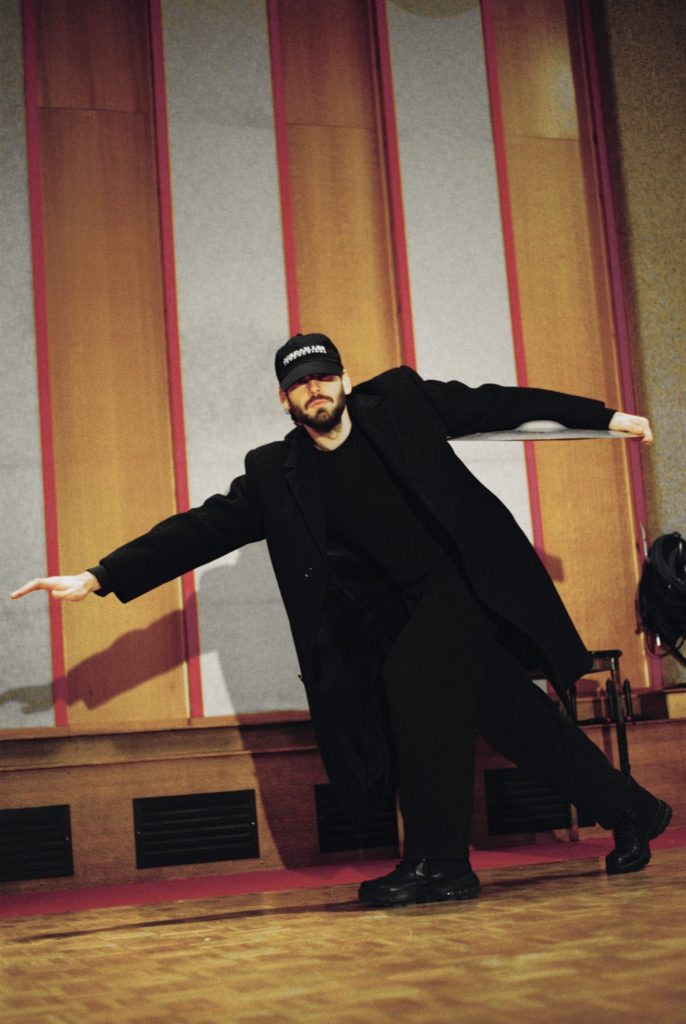
The transition from “Friends or Lovers, Pt. I” to Pt. II feels like an emotional arc—what story are you telling across these two tracks?
“Friends or Lovers” traces an emotional arc of processing deep connection and personal growth. It’s between two people—but mostly, it’s between you and yourself.
Behind the question “Are we friends or lovers?” can lie a sense of insecurity and lack of confidence. Since the answer is within, ‘Part I’ marks the first challenge in that bigger-picture quest for love—the real kind, the one that begins with self-awareness.
Discomfort and uncertainty often reveal that something needs attention. And it’s where ‘Part II’ comes in: with time, perspective shifts. With more clarity, confidence, and maturity, you start to see why space might’ve been necessary—to grow, to reconnect, to understand yourself better… and through that, to better understand a future us.
The collaboration with Holybrune on “In Between Feelings” adds a rich layer of vulnerability – how did that feature come about, and what did she bring to the track’s emotional core?
For the story, there was an initial version of the song. I first met this guy at a jam session in Paris—he had this deep, low-range voice that instantly caught my ear. I was so impressed that I asked him to collaborate. To my surprise, despite his obvious musicianship, he told me he actually saw himself more as an actor than a singer.
A few days later, we met at the studio, both of us reflecting on how we were navigating our feelings in our own love lives at the time. We shared a passion for classic R&B, and listening to Bobby Caldwell and Raphael Saadiq naturally led us into the groove. The song came together in a dazzling flow over the course of two nights.
His parts didn’t make it to the final version, but months later, I realized something was missing—maybe a feminine interaction? Something that echoed the back-and-forth of that emotional in-between. With songs like “Tell Me If You Still Care” by S.O.S. Band or “Poo Poo La La” by Roy Ayers in mind, I reached out to Holybrune.
Surprisingly—or not—it turned out she was also going through an in-between feelings moment in her relationship at the time.
You said this project helped you “process your own evolution and relationship with love.” What’s one truth about love you’ve discovered through making this album?
I believe that love is a constantly evolving feeling, being a synonym for life itself. Like a wave, it grows, shifts, deepens, and then comes back, sometimes in new forms. Making this album helped me realize that love isn’t static—whether it’s self-love, romantic love, or the love we hold for our dreams and all things, it’s always teaching us. The more we stay open to it and trust it, the more it reveals about who we are and who we’re becoming. We need to accept and embrace this changing nature of love—to let it be, without judgment, to observe it, let it flow through us—love is the breath of life.
You grew up immersed in everything from Spike Lee films to the grooves of Quincy Jones and Prince. Who do you feel most spiritually connected to musically, and why?
What I admire most about these people is how they’ve shared their unique vision of life—through both their art and the way they carry themselves. And in doing so, they invite others to do the same. They’ve reached a level of self-acceptance that embraces the full picture—the good, the bad, and the uncomfortable—without judgment, while still showing up for the work with ethics and purpose. I think that’s what we truly love about them: they offer us a vision of what we, too, could look like.
I’m obviously moved by Prince’s journey. Starting from such a young age, he went through extremes—creatively, emotionally, personally—and still kept pushing forward. Over time, you can feel how he grew into a sense of responsibility—as an artist whose work and personal being were deeply intertwined. It’s like he understood he was a messenger and became more and more intentional about the message he wanted to leave behind.
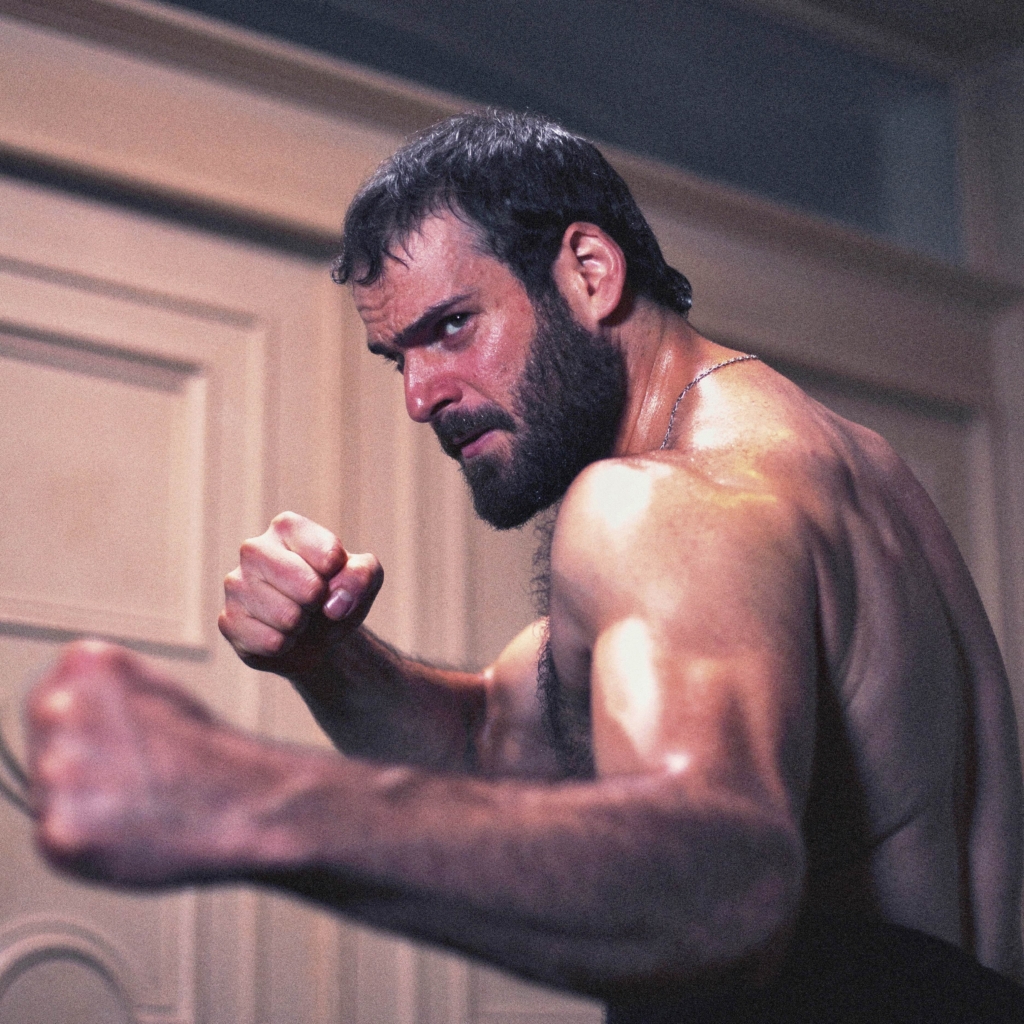
75 million streams, critical acclaim, and now your debut album – what does success look like to you today, and has that definition changed?
I obviously feel deeply grateful for all this, because it allows me to keep pushing forward in doing one of the things I love most. I’m also always surprised and amazed to see how these songs can reach people and speak to them, just like they spoke to me. It’s humbling and fulfilling to realize that what started as a personal expression can create a shared experience and connection with others.
Success seems to be a very subjective and personal thing—it’s more about overcoming inner challenges and growing as a person. As our definition of it evolves as we do, it’s never a fixed destination. More like a continuous journey of learning, pushing boundaries, and staying true to ourselves.
You’re launching the JLX Tour soon. How do you translate such an emotionally layered project to the stage? What can fans expect from the live experience?
JLX stands for Jordan Lee Xperience. It’s another chance to share a personal vision—but this time, connecting with other musicians and souls. It’s about telling parts of our experiences and understandings, bringing them to life with the people around us, and letting everything evolve in real time. So it’s not just about translating the album but bringing a whole process to the stage, with songs from the past, present, and future.
It’s meant to be a journey—just like the album, though maybe less set in stone. It will grow and shift, stay intimate, personal, and powerful—not just performing songs, but writing a story together.
What can you expect? Energy, honesty, soul—and a space where we feel connected through music… and beyond.
You’ve carved your own space in the European soul. What do you feel Europe brings to the global soul/groove scene that’s unique?
Thank you for that—I’m not sure I’m the best person to fully answer that. I really believe that each person is unique and brings something special that goes beyond where they come from. It’s even more true today, in a time where we’re all connected and have access to so many different cultures.
There’s definitely a sense of curiosity here, a mixing of influences—and music is part of that. That said, I’ve learned a lot from many UK artists; they all have their own thing. For me, as long as it’s done with respect for the roots, reinterpretation will always be something really beautiful and fresh.
Listen to Fight For Love Now:


